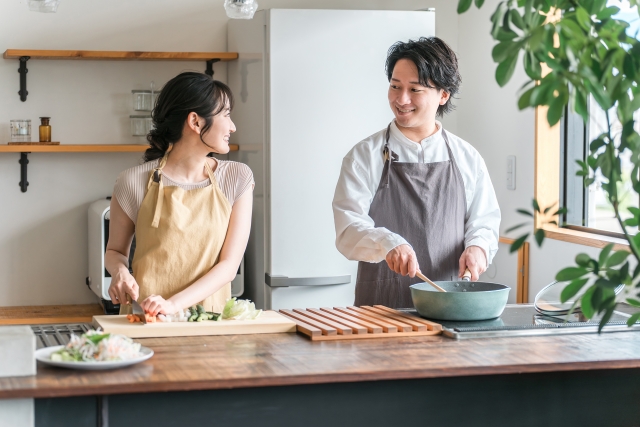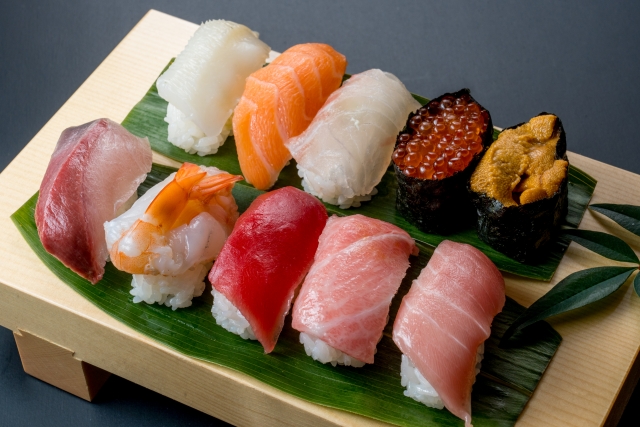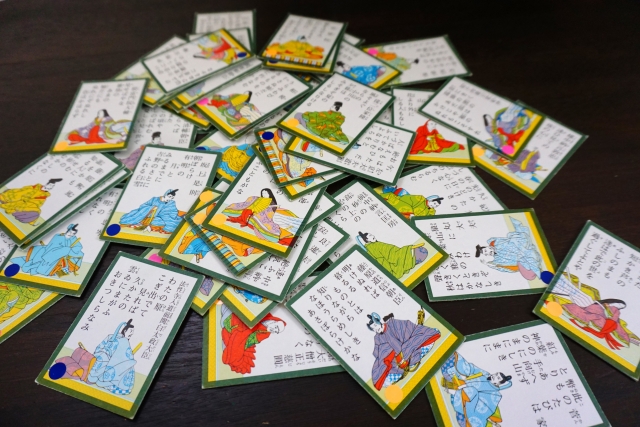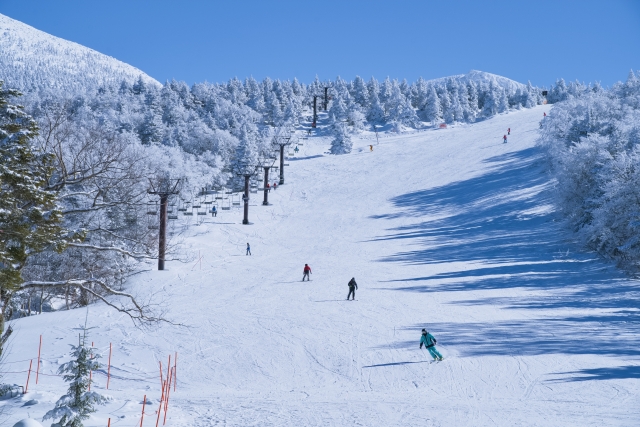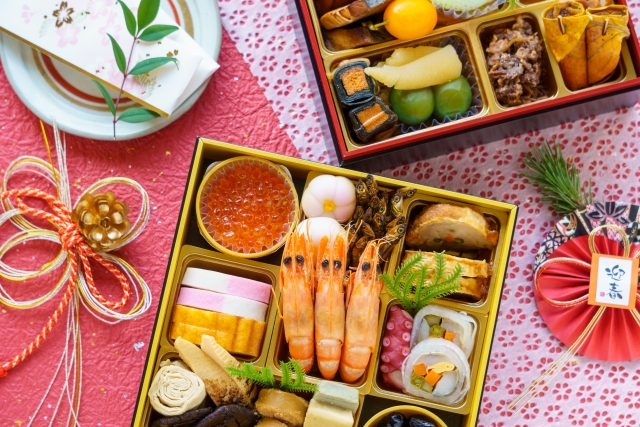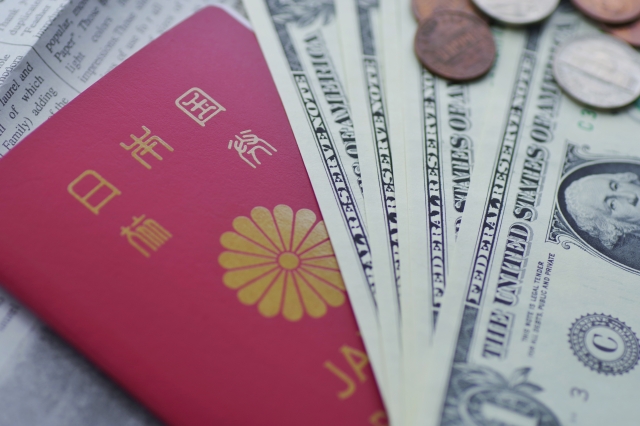料理でよく使う動詞をまとめました。これらは、料理のレシピや会話で頻繁に使われます。
基本的な料理の動詞
1. 洗う: wash
- 例: 野菜を洗ってください。
2. 切る: cut / slice
- 例: 玉ねぎを薄く切ります。
3. むく: peel
- 例: じゃがいもの皮をむきます。
4. 刻む: chop / mince
- 例: にんにくを細かく刻みます。
調理法に関する動詞
5. 煮る: simmer / boil in flavor
- 例: 弱火で20分煮ます。
6. 焼く: grill / bake / roast
- 例: 魚をこんがり焼きます。
7. 炒める: stir-fry / sauté
- 例: 野菜を強火で炒めます。
8. 揚げる: deep-fry
- 例: 鶏肉を油で揚げます。
9. 蒸す: steam
- 例: 魚を蒸してヘルシーに仕上げます。
その他の調理動詞
10. 混ぜる: mix / stir
- 例: 生地をよく混ぜてください。
11. 漬ける: soak / marinate
- 例: 肉をタレに漬けます。
12. 振りかける: sprinkle
- 例: 塩を軽く振りかけます。
13. こす: strain / filter
- 例: スープをこしてなめらかにします。
14. 冷やす: cool / chill
- 例: ゼリーを冷蔵庫で冷やします。
これらの動詞を覚えておくと、料理レシピをより簡単に理解できるようになります。 レシピを読むときや料理をする際に是非ご活用ください!
基本的な料理の動詞
1. 洗う: wash
- 例: 野菜を洗ってください。
2. 切る: cut / slice
- 例: 玉ねぎを薄く切ります。
3. むく: peel
- 例: じゃがいもの皮をむきます。
4. 刻む: chop / mince
- 例: にんにくを細かく刻みます。
調理法に関する動詞
5. 煮る: simmer / boil in flavor
- 例: 弱火で20分煮ます。
6. 焼く: grill / bake / roast
- 例: 魚をこんがり焼きます。
7. 炒める: stir-fry / sauté
- 例: 野菜を強火で炒めます。
8. 揚げる: deep-fry
- 例: 鶏肉を油で揚げます。
9. 蒸す: steam
- 例: 魚を蒸してヘルシーに仕上げます。
その他の調理動詞
10. 混ぜる: mix / stir
- 例: 生地をよく混ぜてください。
11. 漬ける: soak / marinate
- 例: 肉をタレに漬けます。
12. 振りかける: sprinkle
- 例: 塩を軽く振りかけます。
13. こす: strain / filter
- 例: スープをこしてなめらかにします。
14. 冷やす: cool / chill
- 例: ゼリーを冷蔵庫で冷やします。
これらの動詞を覚えておくと、料理レシピをより簡単に理解できるようになります。 レシピを読むときや料理をする際に是非ご活用ください!
Verbs People Use in Cooking
The following is a list of verbs Japanese people commonly use in cooking. They frequently use these terms in cooking recipes and conversations.
Basic Cooking Verbs
1. Wash (あらう / arau)
- Example: Wash the vegetables.
2. Cut / slice (きる / kiru)
- Example: Cut the onions into thin slices.
3. Peel (むく / muku)
- Example: Peel the potatoes.
4. Chop / mince (きざむ / kizamu)
- Example: Chop the garlic into small pieces.
- Example: Wash the vegetables.
2. Cut / slice (きる / kiru)
- Example: Cut the onions into thin slices.
3. Peel (むく / muku)
- Example: Peel the potatoes.
4. Chop / mince (きざむ / kizamu)
- Example: Chop the garlic into small pieces.
Verbs related to cooking methods
5. Simmer / boil in flavor (にる / niru)
- Example: Simmer over low heat for 20 minutes.
6. Grill / bake / roast (やく / yaku)
- Example: Grill the fish.
7. Stir-fry / sauté (いためる / itameru)
- Example: Stir-fry the vegetables over high heat.
8. Deep-fry (あげる / ageru)
- Example: Deep-fry the chicken.
9. Steam (むす / musu)
- Example: Steam the fish to make it healthier.
- Example: Simmer over low heat for 20 minutes.
6. Grill / bake / roast (やく / yaku)
- Example: Grill the fish.
7. Stir-fry / sauté (いためる / itameru)
- Example: Stir-fry the vegetables over high heat.
8. Deep-fry (あげる / ageru)
- Example: Deep-fry the chicken.
9. Steam (むす / musu)
- Example: Steam the fish to make it healthier.
Other Cooking Verbs
10. Mix / stir (まぜる / mazeru)
- Example: Mix the dough well.
11. Soak / marinate (つける / tsukeru)
- Example: Marinate the meat in the sauce.
12. Sprinkle (ふりかける / hurikakeru)
- Example: Sprinkle it lightly with salt.
13. Strain / filter (こす / kosu)
- Example: Strain the soup to make it smooth.
14. Cool / chill (ひやす / hiyasu)
- Example: Chill the jelly in the refrigerator.
- Example: Mix the dough well.
11. Soak / marinate (つける / tsukeru)
- Example: Marinate the meat in the sauce.
12. Sprinkle (ふりかける / hurikakeru)
- Example: Sprinkle it lightly with salt.
13. Strain / filter (こす / kosu)
- Example: Strain the soup to make it smooth.
14. Cool / chill (ひやす / hiyasu)
- Example: Chill the jelly in the refrigerator.
Remembering these verbs will help you understand cooking recipes more easily. We hope you use them when reading recipes and cooking!
sign up for the Japanese-Online Newsletter
__..-・**・-..__..-・**・-.._ あいうえお かきくけこ さしすせそ たちつてと なにぬねの はひふへほ まみむめも やいゆえよ らりるれろ わゐうゑを ん __..-・**・-..__..-・**・-.._
#JapaneseOnline #LearningJapanese #FreeJapaneseLessons #JapaneseVideoLearning #JapaneseAnime #Anime #JapaneseFood #Bloguru

